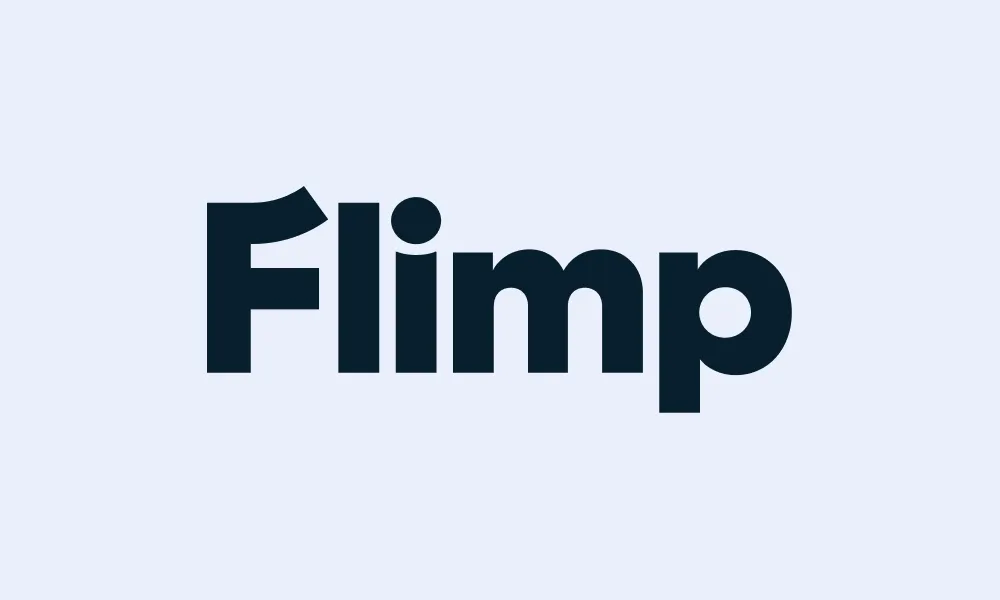 Maybe it’s a little bit of both but Adweek exclaims that 92% of businesses use social media platforms like LinkedIn, Facebook and Twitter for recruiting new employees. So, maybe social media can be used for effective employee communications and not just play.
Maybe it’s a little bit of both but Adweek exclaims that 92% of businesses use social media platforms like LinkedIn, Facebook and Twitter for recruiting new employees. So, maybe social media can be used for effective employee communications and not just play.
For many years, when social media was just becoming popular, using these platforms in the workplace was considered taboo. Little did we know how much impact it could have on companies of all industries and potentially their employee communications structures in the future. It affects the way we market our brand, the way we communicate with our employees and customers, and how we measure up to our competitors.
In 2018, social media has become less of a place to socialize with friends and family but a business space where entrepreneurs, as well as major corporations, can find ways to stand out. Internal communicators are learning to adapt to the social way of delivering company information due to the increase in the millennial generation entering the workplace. We millennials work best with visual components and instantaneous features, so building those into your in-house strategy is key. Millennial engagement and all employee communications are all dependent on how progressive an employer is and if they are willing to retire the traditional mediums to be up to date with the newest methods of communication.
As a millennial, I have grown up in the world of social media and I have seen it flourish from a leisure activity into a powerful tool for businesses. Although, for the following generation, Gen Z, they were born into it and use these platforms as their main source of information. This being said, learning how to incorporate social media into company communications is vital for future survival.
To get started on ‘millennial-izing’ your internal communications strategy, you must first consider all channels and what each of them have to offer your business. If it’s Facebook or Instagram, both offer community and imagery. If it’s Twitter, it offers that instantaneous feature. If it’s LinkedIn, it will offer professional information and collaboration. Once you figure out which channels work best, take these options into perspective when developing a plan:
 Employee Communications with Groups and Instant Chatting Systems
Employee Communications with Groups and Instant Chatting Systems
A few companies have already adapted this method because it is so effective. Facebook groups allow your employees to communicate with one another and stay up to date with company information. You can also use instant chat software to relay messages at a faster rate than email correspondence or Twitter chats to have your employees join and learn from larger conversations in your industry.
Use Your Company Blog to Your Advantage
Creating an internal portion of your company blog will provide valuable information to your employees from events to new training sessions and more! This content will work as a tool for your staff and create a conversation on the Facebook group and Twitter chats!
Create and Share YouTube Videos to Explain Company Policies and Onboarding Instructions
YouTube is a great channel for creating company videos. Use this channel as a library for all your internal training, company fact, tips and more! This will be a great reference point for your employees and it can be shared on all your other channels as well.
Take LinkedIn into Account for Onboarding and Employee Communications
All your employees should have a LinkedIn profile with all their experience. Having your employees on this channel will allow you to create groups, share private content and, helps you scope out new, talented candidates to join your team. Your staff can share industry content and discuss with potential customers and colleagues to gain traction to your company page.
Social media doesn’t have to be a disruption but a way to unite your employees and open doors to new opportunities. We must take advantage of these new-age features and learn to regulate how they are being used within. ‘Millennial-izing’ our company culture can only prepare us for the future and condition us for these modernized changes within the business world. Whether it is with Facebook Groups, instant chats on Twitter, blogging, curating YouTube videos or just focusing in on LinkedIn – we make in-house communications engaging regardless of generation!
